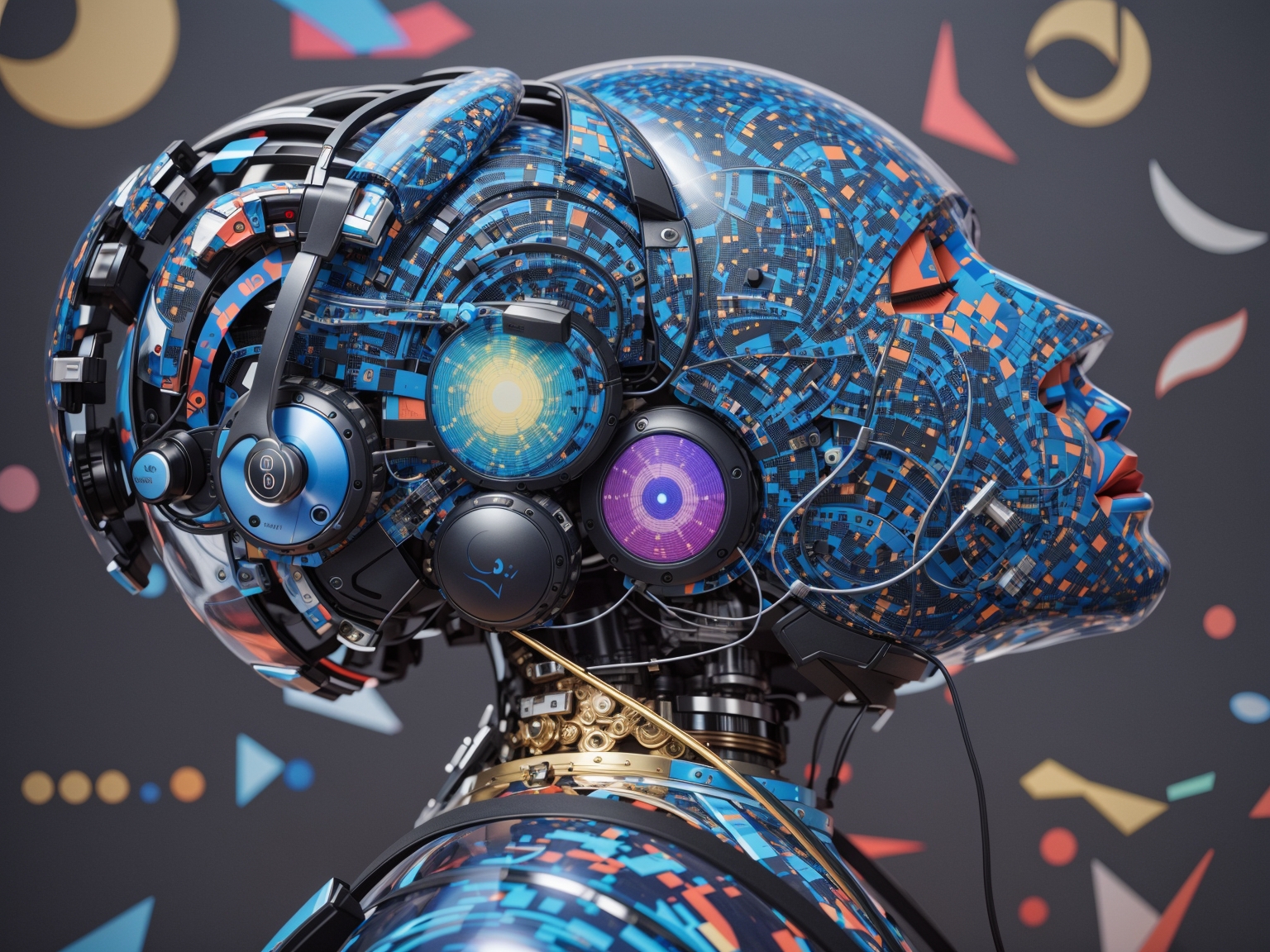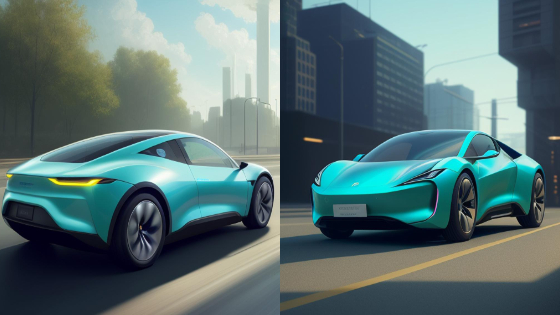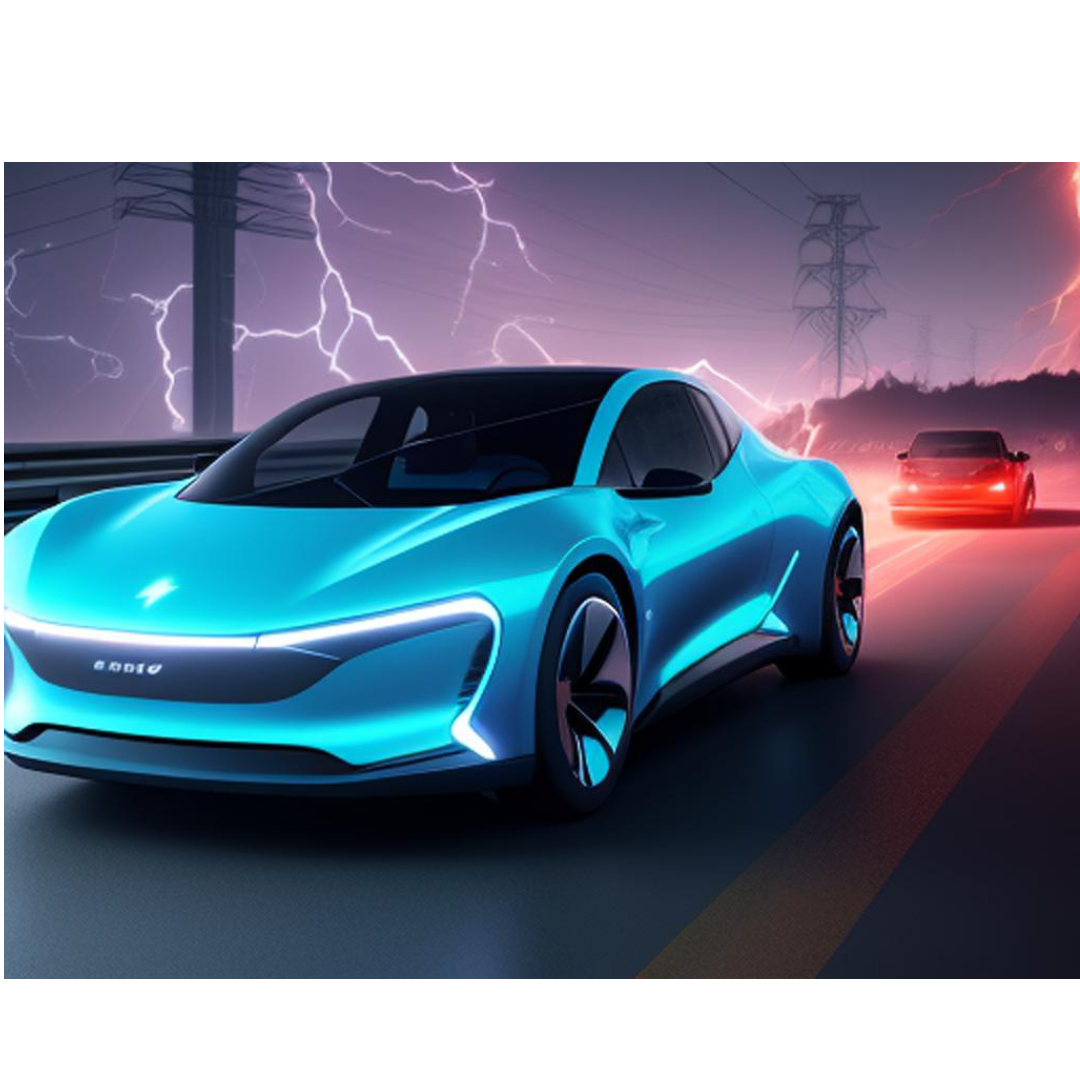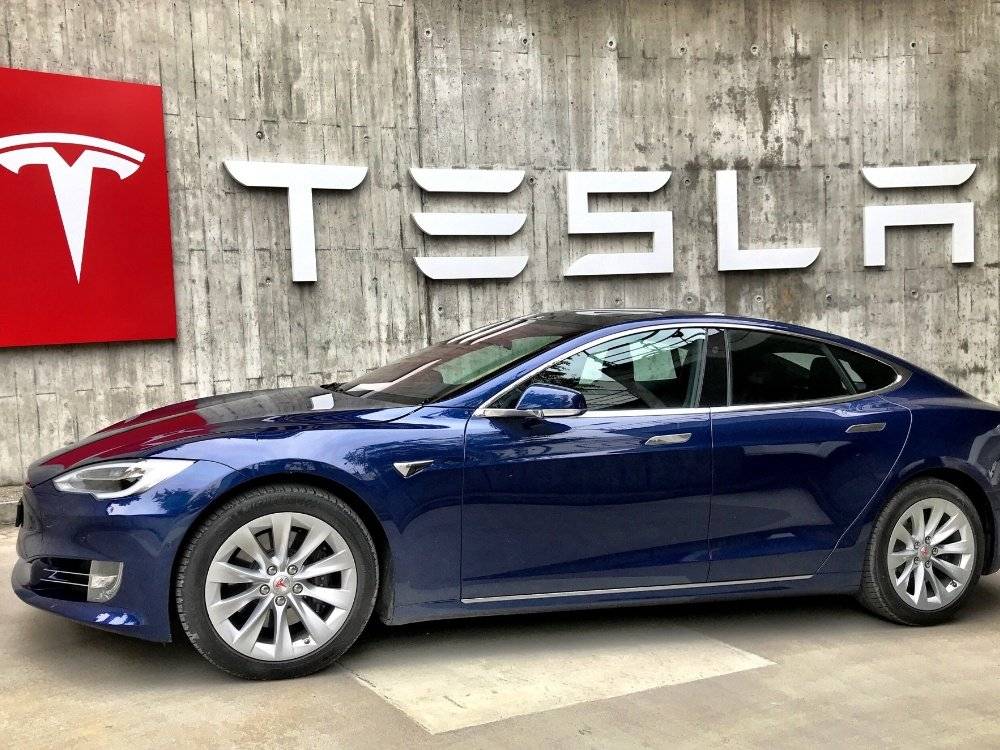The evolution of automobiles has had a transformative impact on American culture over the past century. From the first gas-powered vehicles in the early 1900s to the rise of SUVs and electric cars today, cars have shaped our cities, our economy, and our way of life.
The Early Days of the Evolution of Automobiles
In the late 19th and early 20th centuries, automobiles shifted from being a plaything of the rich to becoming a practical form of transportation for the masses. Key innovations like the assembly line, standardized parts, and the advent of closed passenger compartments made cars more affordable and reliable.
Tesla Semi Looks Incredible As An Electric Car
“I will build a motor car for the great multitude. It will be large enough for the family, but small enough for the individual to run and care for. It will be constructed of the best materials, by the best men to be hired, after the simplest designs that modern engineering can devise. But it will be so low in price that no man making a good salary will be unable to own one.” – Henry Ford
Henry Ford’s Model T, first produced in 1908, changed everything. Thanks to the moving assembly line, Ford could churn out a simple, reliable car for just $825 in 1908 (around $23,000 today). This put car ownership within reach of middle-class Americans.
Hitting the Open Road with Evolution of Automobiles
As automobile technology improved in the 1920s and 30s, driving became a popular leisure activity. With more reliable engines and improved suspension and tires, people took to the open road for fun.
The romance of the road trip took hold in American pop culture. Route 66, running from Chicago to Los Angeles, gained fame as America’s “Mother Road.” The highway spanned 2,448 miles across the heartland of America.
The Electrifying Rise of Electric Cars: A Revolution in Transportation
“Route 66 became the metaphor for escaping your constraints and being able to go anywhere. It’s the American dream writ large; that’s why it still resonates” – Susan Croce Kelly, historian
Post-War America and Car Culture with Evolution of Automobiles
After World War II, the automobile profoundly reshaped the American landscape. With the GI Bill and federal home loan programs making suburban housing widely accessible, cities sprawled outward. Cars became essential for navigating this new suburban lifestyle.
- Between 1945-1973, miles of highway quadrupled as Eisenhower’s Interstate Highway System linked cities across the country
- Motels, drive-in movies, shopping centers proliferated to serve motorists
- Commuting by car to work in the city from the suburbs became commonplace
- Gas stations, diners, auto repair shops cropped up on highways nationwide
For baby boomers growing up in postwar America, the car represented freedom – a first taste of independence in their teen years. The car was a place to hang out, listen to rock-n-roll, and cruise the strip.
The Modern Industry in Evolution of Automobiles
Today, the auto industry remains a vital part of the American economy, employing millions of workers. While U.S. brands like Ford and GM dominated for decades, foreign companies like Toyota and Honda have gained market share since the 1970s and 80s.
World’s First Solar-Powered Electric Car Enters Production
Some key innovations in modern automobiles:
- Hybrid/electric drivetrains reducing emissions and fuel consumption
- Computerized safety features like airbags, anti-lock brakes, and collision avoidance
- Connected cars with infotainment systems and increased automation
American culture is deeply intertwined with evolution of automobiles. Cars enrich our daily lives even as we look ahead to newer technologies like self-driving vehicles. The evolution of automobiles will continue shaping our cities, economy, and personal identities into the future.















